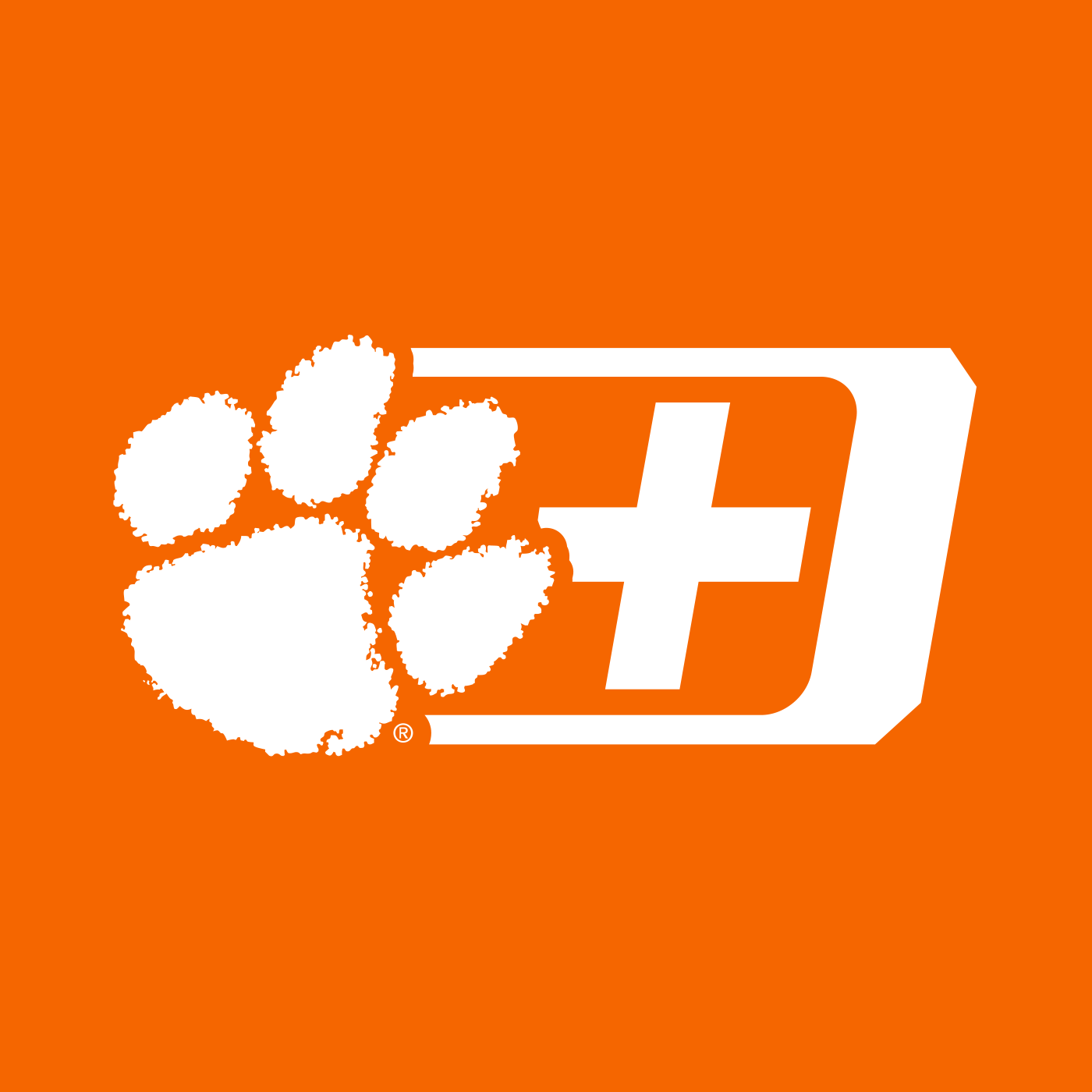August 17, 2000
by Robin Denny
CLEMSON, S.C. – TIME Magazine announced today that Clemson University is among four colleges and universities named “College of the Year” in its 2001 edition of “The Best College for You,” an annual college guide issue which arrives on newsstands Monday, Aug. 21.
This year, the editors focused on colleges and universities that do an exceptional job of teaching writing and communications skills. Clemson was spotlighted as being “on the cutting edge of the communication-across-the-curriculum (CAC) movement, in which faculty integrate not only writing, but also oral, visual, and electronic communication in all disciplines, according to a news release from TIME.
Three others were named “college of the year” in different categories to reflect the diversity of institutions excelling in this area: Sarah Lawrence is the liberal arts college of the year, Longview Community College is the two-year college of the year, and Cornell University is the private college of the year.
Clemson’s honor stems from a $1 million gift from Bob and Betsy Campbell in 1986 to establish the Robert S. Campbell Chair of Technical Communications, the first endowed chair of its kind in the nation. This position opened the way for Clemson to become a national leader in technical communications.
Art Young brought the “Writing Across the Curriculum” (WAC) concept to Clemson University in 1987 when he was named to the Campbell Chair of Technical Communications.
A simple definition of WAC is that students use written language to develop and communicate knowledge in every discipline and across disciplines. “It’s using writing as a tool for learning,” says Young.
The program got another boost when Roy and Marnie Pearce of Columbia gave a $1.5 million gift to Clemson to establish the Roy and Marnie Pearce Center for Professional Communication.
Learning that Pearce also wanted to put some emphasis on public speaking, Young expanded the concept to “Communication Across the Curriculum” to encompass oral, written, computer and visual skills.
When he “blindly” sent out a flyer for the first workshop, 60 Clemson faculty members responded and spent a full day learning about this concept.
Young and his colleagues have now conducted CAC workshops for more than 500 Clemson faculty members.
But, Clemson isn’t keeping the program to itself. Young and colleagues have held workshops at more than 70 colleges and universities in the U.S. and abroad. Clemson has held three national WAC conferences in Charleston, with The Citadel and College of Charleston as co-sponsors, and at Cornell. The 2001 national conference will be at Indiana University, with Notre Dame and Purdue as co-sponsors.
CAC not only helps teachers teach more effectively, it helps students learn.
When Patti Connor-Greene was named an Alumni Distinguished Professor at Clemson three years ago, it was a student who cited her innovative teaching and association with Communication Across the Curriculum in a nomination letter.
Susan England, a landscape architecture student from Gainesville, Ga., has benefited from CAC in many of her courses. And she has applied her learning experience to such projects as design of a highway beautification plan in Columbia and landscape plans for two Habitat for Humanity homes. “They really try to get you out there in the real world where we learn to describe our design verbally, because if we can’t do so, we can’t sell it,” she told the TIME reporter.
Today, Young is pleased to acknowledge that now there are more and more activities to sustain and enhance the culture in which literacy is valued across the curriculum.
“WAC and CAC got the conversation going about teaching that wasn’t happening 13 years ago. More people on campuses are talking about teaching and the value of teaching,” he said. “In some ways, it is similar to the Middle Ages’ community of scholars’ talking, reading and writing about issues.”

 Wake Forest
Wake Forest  Miami (Fla.)
Miami (Fla.) 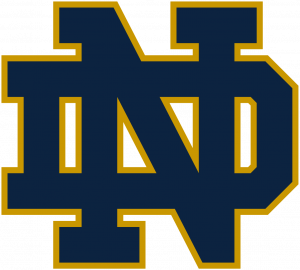 Notre Dame
Notre Dame  Pitt
Pitt  Ron Moore Intercollegiate
Ron Moore Intercollegiate  Alabama
Alabama  Tennessee
Tennessee  Charlotte
Charlotte  USC Upstate
USC Upstate  Ohio State
Ohio State  Georgia State`
Georgia State` 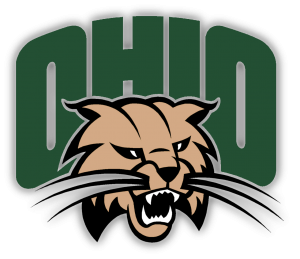 Ohio University
Ohio University  Virginia Tech
Virginia Tech  Indiana
Indiana  Tiger Classic
Tiger Classic  South Carolina
South Carolina  South Carolina
South Carolina  Campbell
Campbell  UAB
UAB  East Tennessee State
East Tennessee State  LSU
LSU  South Carolina
South Carolina  App State
App State  North Carolina A&T
North Carolina A&T  Charlotte
Charlotte  Troy
Troy  Georgia
Georgia 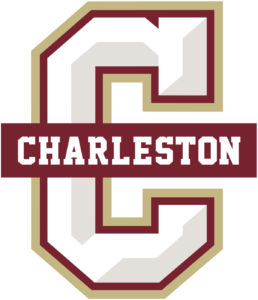 Cougar Classic
Cougar Classic  VCU
VCU  Georgia
Georgia  Stanford
Stanford  Elon
Elon  USC Upstate
USC Upstate 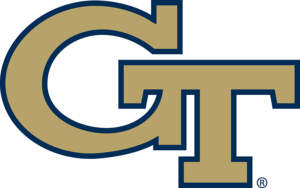 Georgia Tech
Georgia Tech  Wofford
Wofford  SMU
SMU 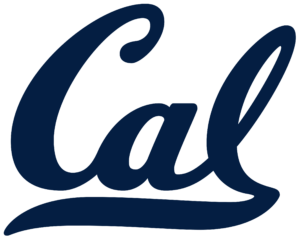 California
California  Queens
Queens 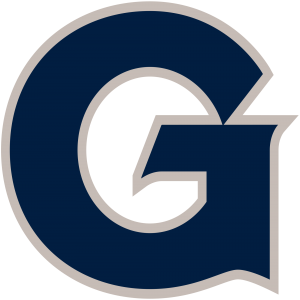 Georgetown
Georgetown  Mason Rudolph Championship
Mason Rudolph Championship  Norfolk State
Norfolk State  Louisville
Louisville  Charleston Southern
Charleston Southern  Syracuse
Syracuse  Virginia
Virginia  Florida State
Florida State 
